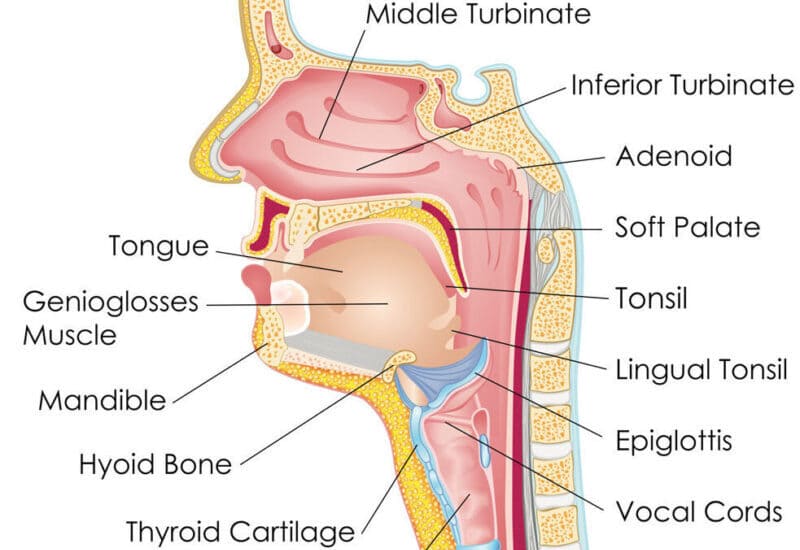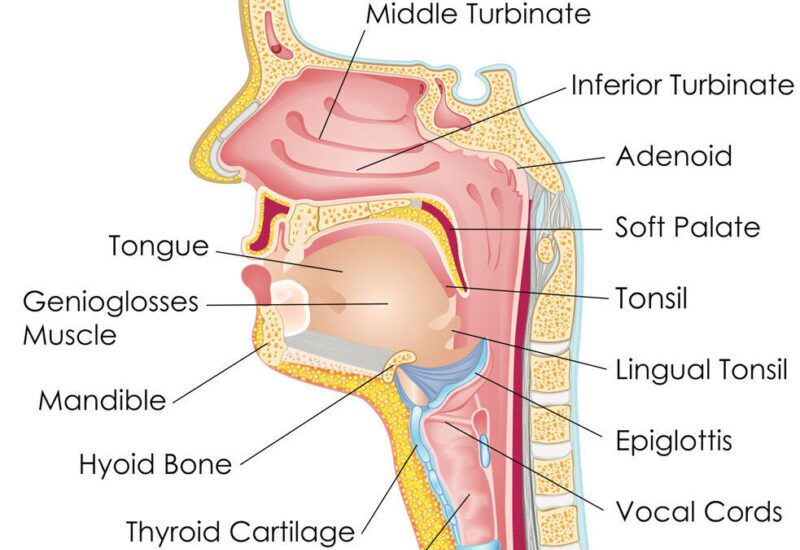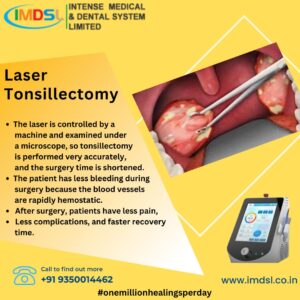Transforming E.N.T. Surgeries using Diode ENT Lasers
Welcome to a new era in Ear, Nose, and Throat (E.N.T.) surgeries! Today, we’re diving into a revolutionary advancement that’s reshaping the landscape of medical procedures – the adoption of ENT lasers.
These cutting-edge tools are paving the way for enhanced precision, reduced invasiveness, and accelerated patient recovery, and it’s time for E.N.T. doctors and surgeons to explore and embrace their transformative potential.
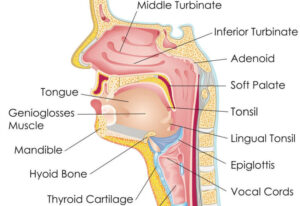
Precision Redefined: The IMDSL Laser and Beyond
At the forefront of this groundbreaking shift is the IMDSL Laser. With unparalleled precision, this innovative technology enables surgeons to perform intricate procedures with extraordinary accuracy. From delicate deep laryngeal surgery to nasal turbinate reduction, these lasers redefine precision, ensuring treatments are targeted with minimal impact on surrounding tissues.
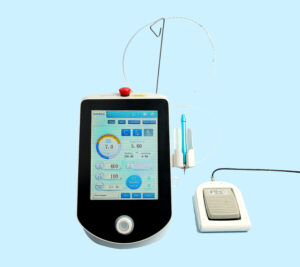
Minimized Invasiveness and Enhanced Comfort
One of the most significant advantages of ENT lasers is their ability to conduct virtually bloodless surgeries. This breakthrough minimizes bleeding during procedures, resulting in reduced trauma to adjacent tissues. Patients experience less postoperative pain and discomfort, leading to quicker recovery times and improved overall satisfaction with the procedure.
Versatility in ENT Treatments
The versatility of ENT lasers is remarkable. These tools find application in various E.N.T. procedures, making them an invaluable asset to surgeons. From tonsillectomy to managing vocal cord nodules and polyps, stapedectomy, LAUP (Uvulopalatoplasty), mucocele, and fibroma removal, ENT lasers cover a wide spectrum of treatments, offering a more comprehensive approach to patient care.
Embracing the Future of E.N.T. Care
For E.N.T. specialists, embracing ENT lasers means embracing the future of medical technology. By adopting and integrating this revolutionary technology into practice, you’re not just staying current; you’re positioning yourself at the forefront of innovation. More importantly, you’re enhancing the standard of care and outcomes for your patients.
In conclusion, the integration of ENT lasers represents a pivotal moment in the history of E.N.T. surgeries. Their precision, reduced invasiveness, and versatility set a new standard in patient care. It’s time to embark on this transformative journey together and elevate E.N.T. care to new heights.
For more information, guidance, and to explore the possibilities that ENT lasers can bring to your practice, we’re here to support and guide you on this transformative path.
Discover the Future of E.N.T. Surgeries with IMDSL.
Read more
